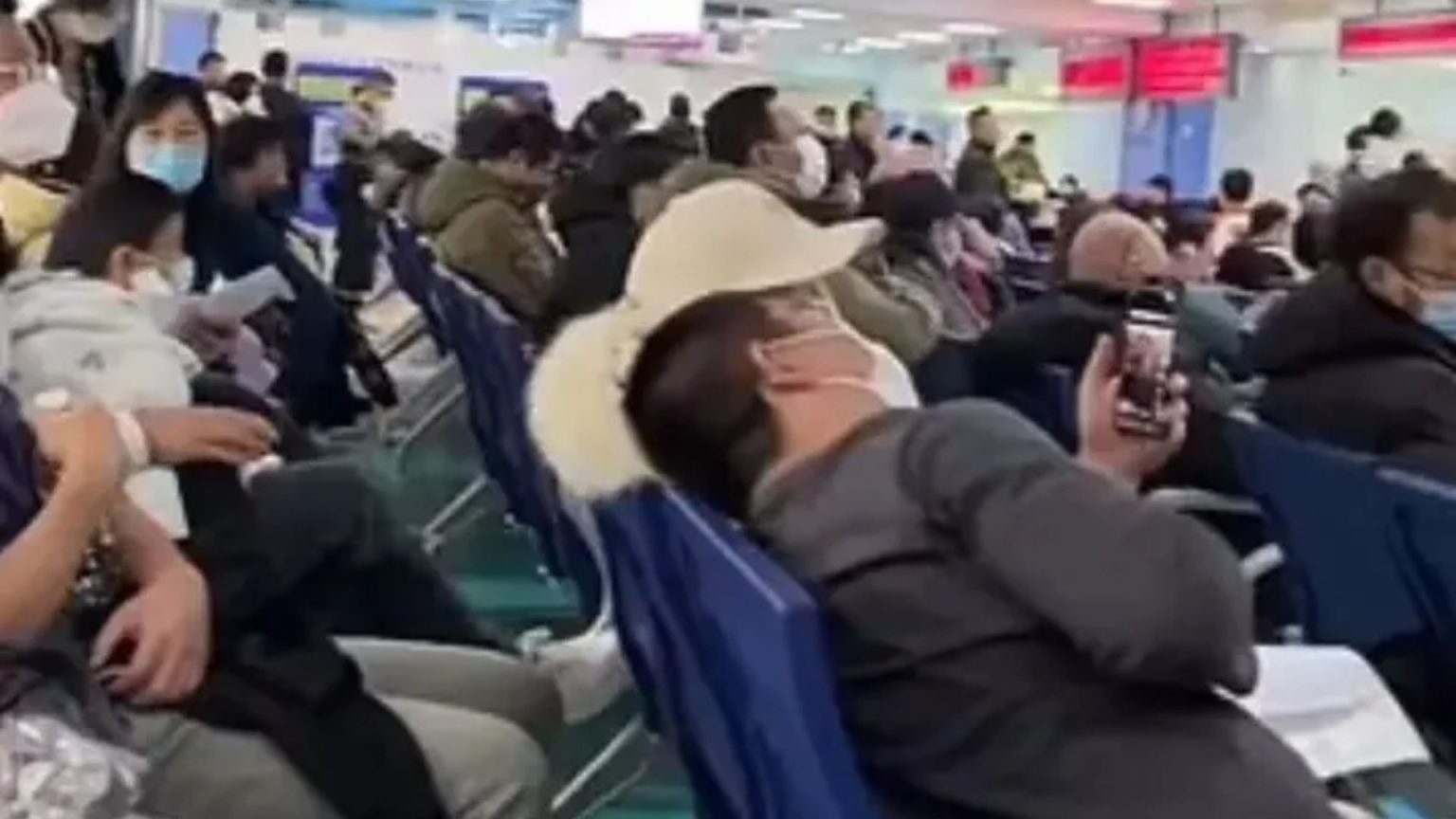The emergence of human metapneumovirus (HMPV) infections in two infants in India has sparked concerns, particularly following reports of overcrowded hospitals in China amidst a mysterious viral outbreak. The three-month-old girl and six-month-old boy, both with a history of bronchopneumonia, were admitted to the Baptist Hospital in Bengaluru. While the girl has been discharged, the boy is reportedly recovering. Another case involving a two-month-old boy in Ahmedabad has also been reported. Although there are concurrent reports of a viral surge in China, Indian health officials have stated there is no link between the Indian cases and the situation in China, emphasizing that the infants had no history of international travel. Officials further clarified that HMPV is a globally circulating virus, including in India, and associated respiratory illnesses have been reported in various countries.
The situation in China, however, remains shrouded in uncertainty. Unverified videos circulating on social media depict packed hospital waiting rooms filled with masked patients, mirroring scenes from the early days of the COVID-19 pandemic. These videos, emerging around New Year’s Eve, have fueled speculation about the nature and severity of the outbreak. Reports suggest that children’s hospitals are particularly affected, with cases concentrated in northern China, although some videos purportedly show hospitals in southern provinces as well. While local sources point to a dangerous virus, Chinese authorities have remained tight-lipped, offering limited information about the cause of the surge in hospitalizations.
Adding to the confusion, official reports from the Chinese Center for Disease Control and Prevention (CDC) suggest the outbreak might be a regular influenza strain, with 30% of tests indicating influenza. Chinese foreign ministry spokesperson Mao Ning downplayed concerns, attributing the increased hospital visits to the typical winter surge in respiratory infections and asserting that the current diseases appear less severe and less widespread than the previous year. No official data on severe complications or fatalities has been released, despite local claims of deaths related to the outbreak.
The lack of transparency from Chinese authorities has fueled anxieties, drawing parallels to the initial handling of the COVID-19 outbreak, which is believed to have originated in China before spreading globally. The echoes of the early pandemic, coupled with the unverified reports and videos, contribute to a climate of uncertainty and apprehension. The World Health Organization has yet to comment on the circulating footage from Chinese hospitals, further adding to the information vacuum.
HMPV, a respiratory pathogen closely related to respiratory syncytial virus (RSV), causes a range of illnesses, from mild cold-like symptoms to severe bronchitis and pneumonia. Common symptoms include runny nose, cough, fever, sore throat, and wheezing. Similar to RSV, HMPV is considered a seasonal virus prevalent during winter months. While most people are infected with HMPV by the age of five, re-infection can occur in older children and adults. The virus typically resolves on its own, but supportive treatments like antihistamines and breathing assistance may be necessary in some cases. The exact annual incidence of HMPV remains undetermined.
The concurrent emergence of HMPV cases in India and the unexplained surge in hospitalizations in China, while officially unconnected, highlight the ongoing challenges in managing respiratory illnesses and the importance of transparent communication during outbreaks. The situation underscores the need for continued vigilance, accurate information dissemination, and international collaboration to effectively address emerging health threats. The lack of clarity surrounding the situation in China warrants further investigation and open communication to allay public concerns and prevent the spread of misinformation.


